Read more
Key Takeaways
- Generally, the more you learn, the more you earn. But not every college provides the same value for continuing your education.
- To determine the return on investment of a school, consider factors beyond strictly the cost of tuition.
- Look at things like the net price, percent of students receiving
financial aid, graduation rate, and annual salaries of graduates. - The net price is the average cost of attending the school after factoring in financial aid.
In general, earning a college degree is a sound investment in your future. According to the Bureau of Labor Statistics,
the median weekly earnings of those with a bachelor’s degree is $1,305
vs. $781 for those with a high school diploma. However, some colleges
provide a better return on investment than others. And considering how
high the cost of college has soared
since the ’80s — 129% at private universities and 213% at public
universities — it’s incredibly important to pick a school that’s likely
to pay off.
No one wants to waste their money, but assessing which schools
offer the most bang for your buck can be tricky. That’s why we’ve done
the legwork and compiled a list of the best and worst colleges for your
money. We’ve included useful information for each school, such as the
graduation rate, earning potential, cost of tuition, and the net price.
Best Colleges for Your Money
First, let’s take a look at six of the best values you can get in
higher education. Graduates from these schools earn median annual
salaries high enough to justify the upfront cost of attending. And
because a partial degree doesn’t have nearly the value of a complete
degree, all featured colleges have high graduation rates. We’ve also
made a point of including schools with varying acceptance rates from all
across the country. So, students at different levels of academic
achievement can find a good value.
Massachusetts Institute of Technology
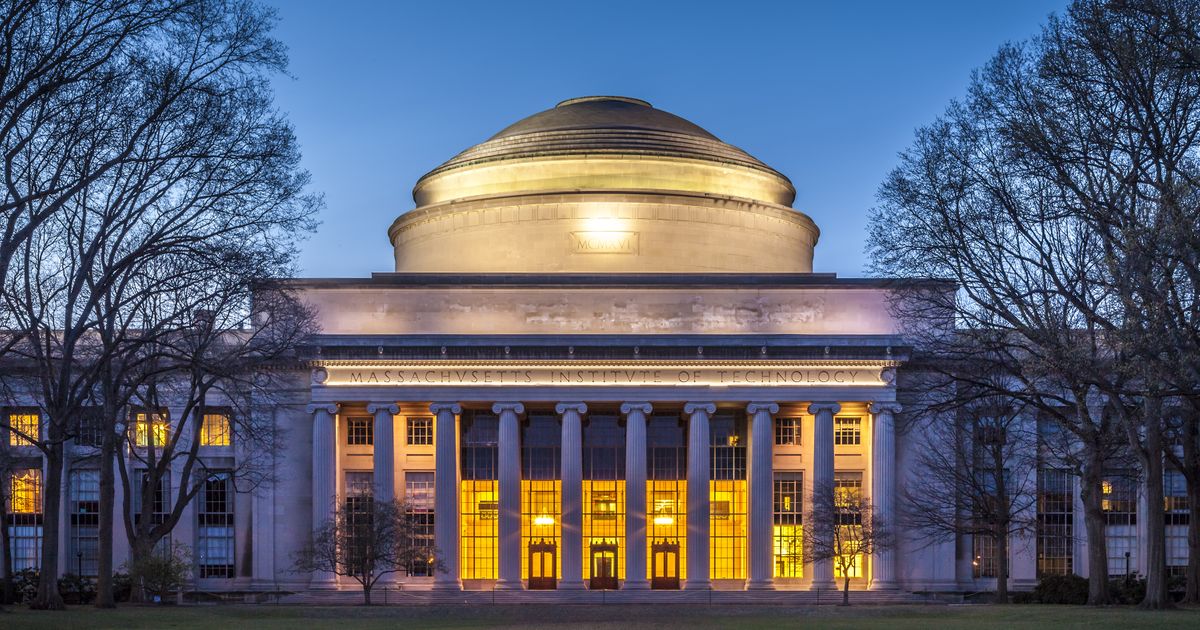
Shutterstock
Net Price: $20,465
Tuition: $53,790
Students Receiving Financial Aid: 74%
Acceptance Rate: 7%
Graduation Rate: 95%
Employed Two Years After Graduation: 94%
Median Earnings Six Years After Graduation: $104,700
Massachusetts Institute of Technology, commonly known as MIT, is one
of the county’s most prestigious universities. It’s also one of its best
values. While tuition is steep, most students receive financial aid
assistance. And since MIT combines an incredibly high graduation rate
with impressive earning potential, students can feel confident that the
money they invest in their education is likely to pay off.
As an elite college, it isn’t surprising that it’s highly competitive
to get into MIT. But if there’s a chance you’d get in, MIT has a lot to
offer to a variety of students beyond its good value. Although you
might be thinking it’s primarily for engineering and science students,
MIT also has majors for students interested in humanities, arts, and
social sciences.
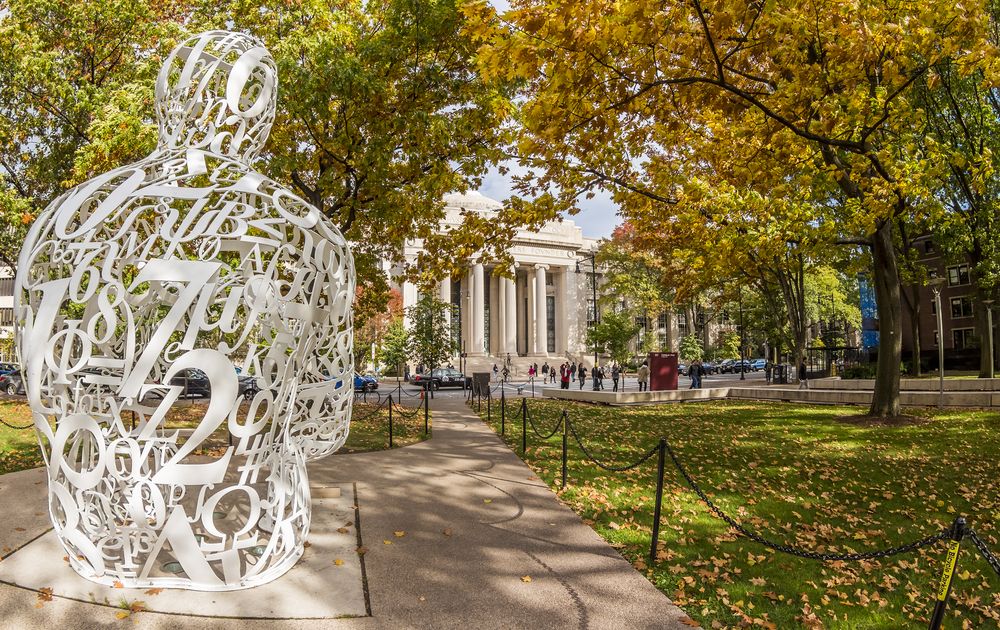
Shutterstock
Stanford University
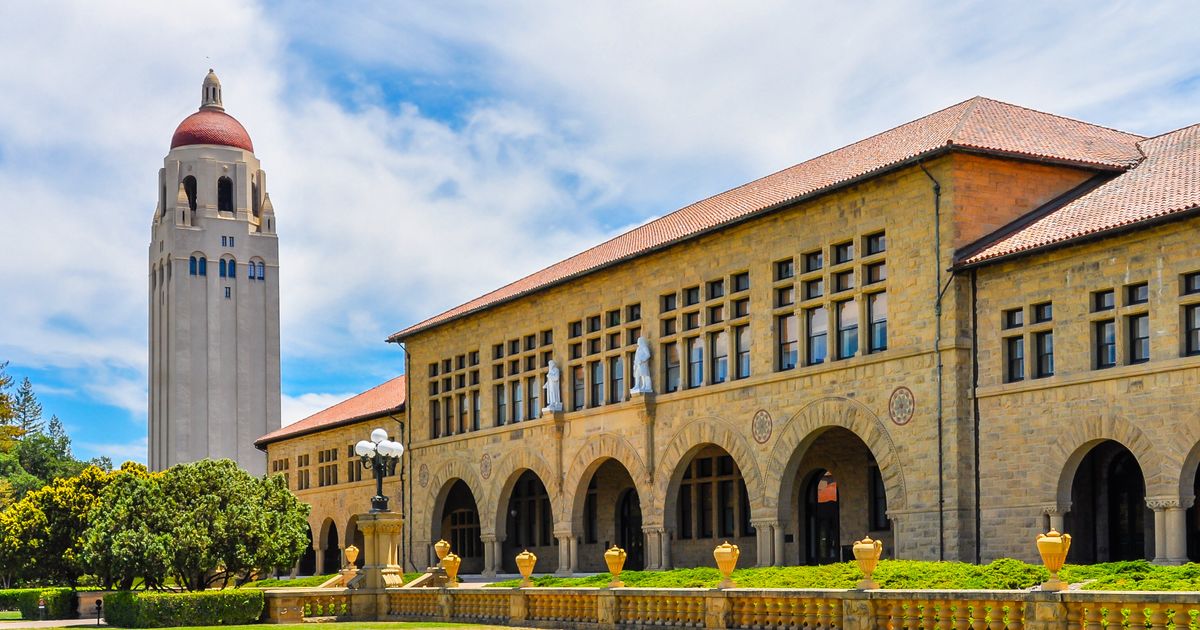
Shutterstock
Net Price: $16,779
Tuition: $53,529
Students Receiving Financial Aid: 70%
Acceptance Rate: 4%
Graduation Rate: 94%
Employed Two Years After Graduation: 94%
Median Earnings Six Years After Graduation: $94,000
Much like MIT, Stanford is another elite school known for its impressive return on investment. In fact, a Stanford degree has a return on investment in the millions
over the long term. And in the short term, prospective students can
keep in mind the high median earnings — $70,400 two years after
graduation and $94,000 six years after graduation. According to a Niche poll, 96% of students who responded believe Stanford is a good value for the money.
In addition to its academic rigor and financial value, Stanford is also known for its fun campus life.
The school has an active Greek community, strong athletics, and a
beautiful campus. Similar to MIT, which is just outside of Boston,
Stanford also offers students close proximity to a major metropolitan
area. In this case, San Francisco is nearby.
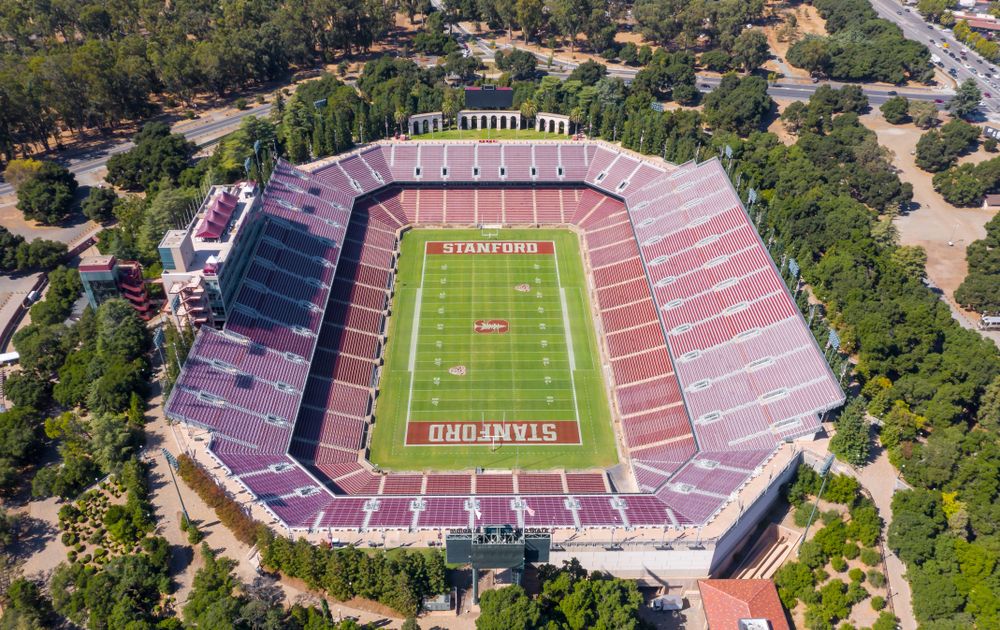
Shutterstock
Lehigh University

Shutterstock
Net Price: $26,631
Tuition: $56,980
Students Receiving Financial Aid: 69%
Acceptance Rate: 32%
Graduation Rate: 90%
Employed Two Years After Graduation: 95%
Median Earnings Six Years After Graduation: $81,900
Located in Bethlehem, Pennsylvania, Lehigh University is one of the
hidden gems on this list. While it may not be one of the best-known
colleges in the country, it is one of the best values. We’re especially
impressed with the median annual salary of graduates. It’s $66,200 two
years after graduation and $81,900 six years after graduation.
It’s also worth noting the low 9:1 student-to-faculty ratio, which helps keep class sizes small. According to a Niche poll,
92% of students believe Lehigh’s professors put a lot of effort into
teaching. Outside of the classroom, Lehigh takes its rivalry with nearby
Lafayette College
very seriously. They’ve played each other more times than any other
college football rivals. As part of Spirit Week before the big game, students drag race beds — a tradition that dates back to 1967.
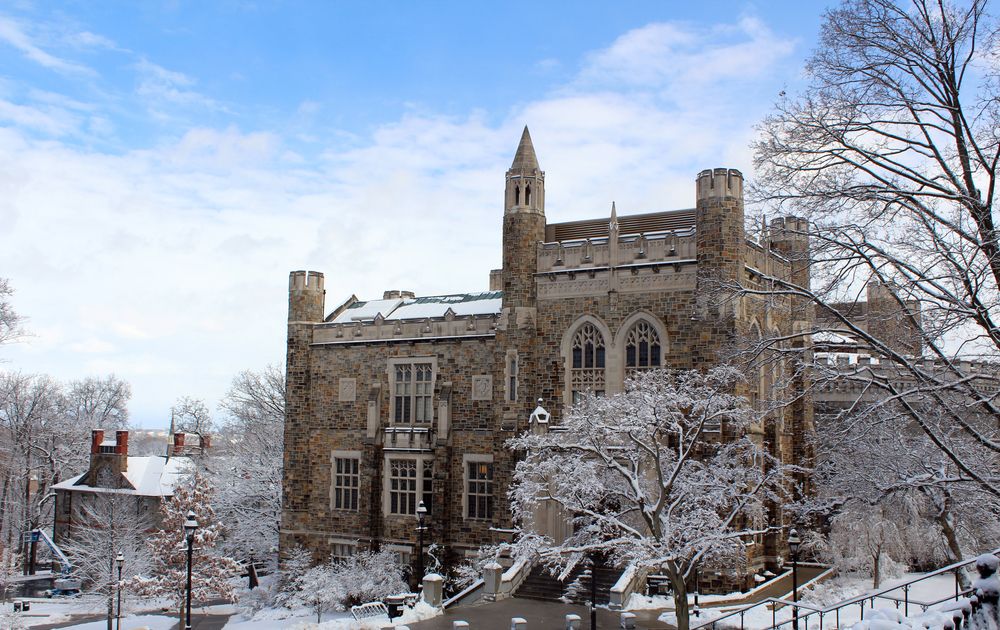
Shutterstock
Rice University

Shutterstock
Net Price: $20,335
Tuition: $52,070
Students Receiving Financial Aid: 69%
Acceptance Rate: 9%
Graduation Rate: 93%
Employed Two Years After Graduation: 92%
Median Earnings Six Years After Graduation: $65,400
Known as Texas’ “Ivy League of the South,” Rice University is the
only school outside of the Northeast or California to make the top 10 of
The Princeton Review’s list of best value colleges. The report praises Rice for combining prestige with support. Even though its post-graduation earning potential falls short of MIT’s and Stanford’s, $65,400 is about twice the national average of $33,028 six years after graduation.
Housing is another thing that makes Rice a standout university. As a
matter of fact, it’s a bit like being sorted into one of the Hogwarts
houses in Harry Potter. Whether or not a Rice student plans to live on campus, they’re still assigned to a residential college. Each residential college has its own traditions, competitions, and crest.

Shutterstock
Drake University

Shutterstock
Net Price: $30,265
Tuition: $45,734
Students Receiving Financial Aid: 100%
Acceptance Rate: 68%
Graduation Rate: 81%
Employed Two Years After Graduation: 95%
Median Earnings Six Years After Graduation: $58,300
If you’re in the process of researching colleges, then you may have noticed how expensive it is just to apply. The average application fee is about $45,
but the price can be closer to $100. That’s why it’s so refreshing that
Drake University doesn’t charge an application fee. Additionally, Drake
continues to be a good value after graduation. According to a Niche poll, 87% of polled students say that Drake has a very strong alumni network.
J-Term is another way Drake stands out. Formally known as January
Term, J-Term is the three weeks between fall and spring semester. It’s a
chance for students to immerse themselves in a passion project, learn a
new skill, or study abroad. As Drake puts it,
students can choose to build a robot or stage a musical on campus. Or
they can venture off campus to study Gothic horror in Great Britain or
volunteer with children in Ghana.

Shutterstock
Gonzaga University

Shutterstock
Net Price: $36,578
Tuition: $45,140
Students Receiving Financial Aid: 99%
Acceptance Rate: 62%
Graduation Rate: 85%
Employed Two Years After Graduation: 94%
Median Earnings Six Years After Graduation: $56,100
Nearly every Gonzaga student receives financial aid of some form. In
addition to need-based assistance, the university has a robust merit
scholarship program. In fact, the average aid package amounts to $26,000 per year.
Similar to Drake, Gonzaga also hits the trifecta of a relatively high
acceptance rate, graduation rate, and earning potential. Both schools
also prove you can find gems in cities that might not be on your radar.
For instance, Gonzaga is in Spokane, Washington, and Drake is in Des
Moines, Iowa.
Gonzaga also shines on the basketball court, so it could be a good
fit for anyone looking for a school with a great sports team to cheer
on. After more than 20 years of making it to the NCAA tournament, Gonzaga has gone from a Cinderella story to a powerhouse program.
Every home game, Gonzaga students pack the McCarthey Athletic Center,
known as the Kennel. The student section gets so into cheering that the
Kennel’s considered one of the toughest places for visiting teams to play.








0 Reviews